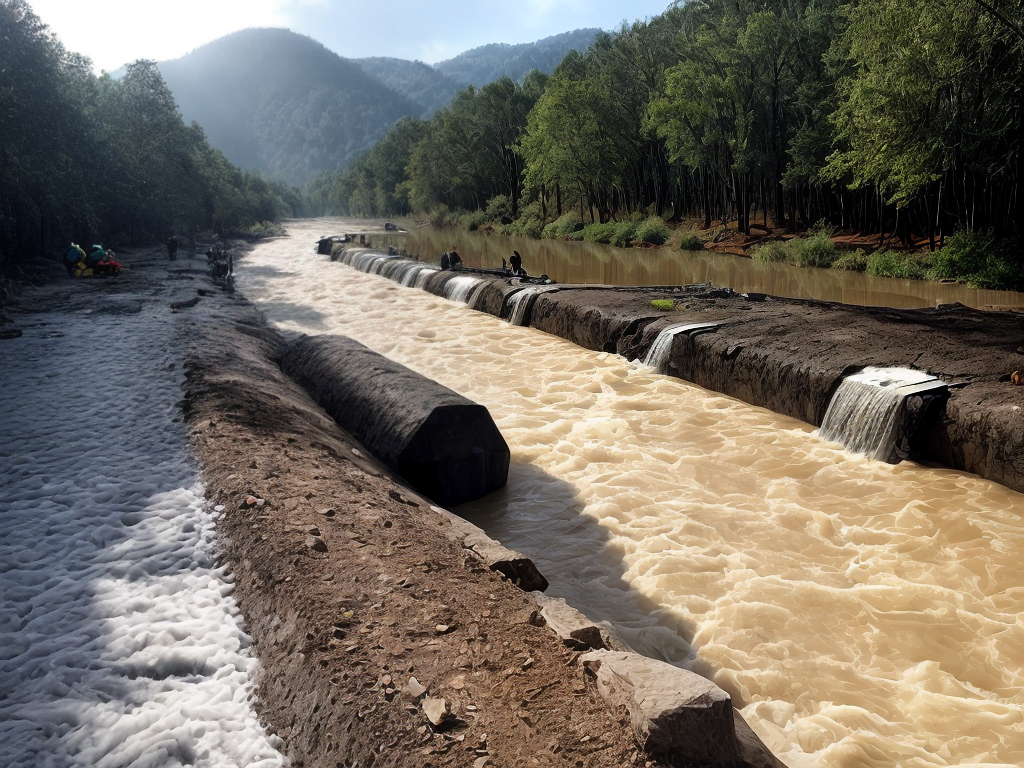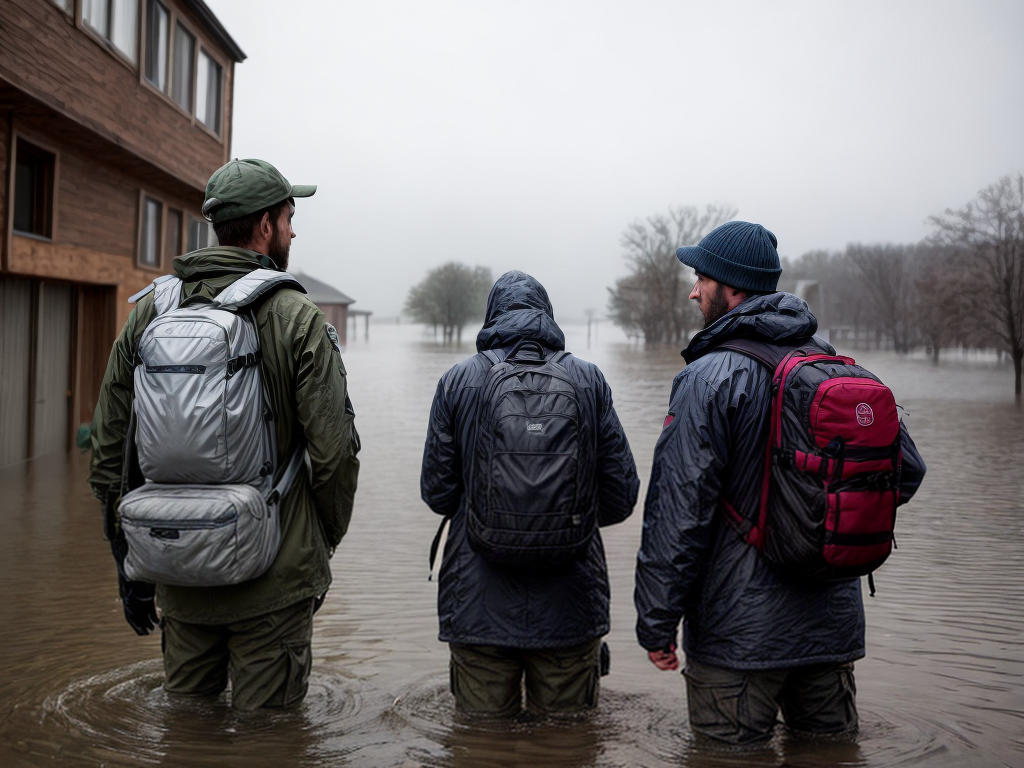Floods pose a significant threat to communities worldwide, causing devastating damage to infrastructure, homes, and human lives. Traditional flood prevention measures have often focused on single-sector approaches, such as engineering and infrastructure solutions. However, in recent years, there has been a growing recognition of the need for cross-sector collaboration in flood prevention efforts. By bringing together different stakeholders, expertise, and resources, we can unlock the power of collaboration and develop more effective strategies to mitigate the impact of floods. In this article, we will explore the importance of cross-sector collaboration in flood prevention and highlight its potential benefits.
The Challenges of Traditional Approaches
Historically, flood prevention efforts have primarily relied on engineering solutions, such as building dams, levees, and flood walls. While these measures have been effective to some extent, they often fail to address the root causes of flooding and can have unintended consequences. For example, constructing dams may alter the natural flow of rivers, leading to ecological imbalances and other environmental issues.
Moreover, engineering solutions alone cannot fully address the complex challenges posed by floods. Flood prevention requires a holistic approach that encompasses multiple dimensions, including land use planning, community engagement, and early warning systems. This is where cross-sector collaboration becomes crucial.
The Power of Cross-Sector Collaboration
Cross-sector collaboration brings together stakeholders from various sectors, including government agencies, non-profit organizations, community groups, and private businesses. By pooling their expertise, resources, and perspectives, these diverse stakeholders can develop comprehensive flood prevention strategies that go beyond traditional engineering approaches.
Enhancing Data Collection and Analysis
One of the key advantages of cross-sector collaboration is the ability to leverage multiple sources of data for more accurate flood risk assessments. Different sectors often collect data relevant to flood prevention, such as rainfall patterns, hydrological models, and socioeconomic information. By combining and analyzing these datasets, stakeholders can gain a more comprehensive understanding of flood risks and develop targeted prevention measures.
Integrating Land Use Planning and Flood Risk Management
Land use planning plays a crucial role in preventing floods. By incorporating flood risk considerations into urban planning processes, we can ensure that new developments are built in areas less vulnerable to floods. Cross-sector collaboration enables the integration of flood risk management strategies into land use planning, creating more resilient and flood-resistant communities.
Strengthening Early Warning Systems
Early warning systems are vital in minimizing the impact of floods and providing timely evacuation alerts to at-risk communities. Cross-sector collaboration allows for the integration of various technologies and expertise in developing robust early warning systems. By combining meteorological data, hydrological models, and communication networks, we can enhance the accuracy and effectiveness of early warning systems, ultimately saving lives and reducing property damage.
Promoting Community Engagement and Awareness
Engaging local communities in flood prevention efforts is crucial for sustainable and effective outcomes. Cross-sector collaboration facilitates community engagement by involving community-based organizations, educational institutions, and local leaders. By actively involving the community in decision-making processes, raising awareness, and providing training, we can empower individuals to take proactive measures to protect themselves and their communities from floods.
Overcoming Barriers to Collaboration
While the benefits of cross-sector collaboration in flood prevention are evident, several barriers need to be overcome to facilitate effective collaboration:
1. Communication and Coordination
Effective communication and coordination among stakeholders from different sectors are essential for successful collaboration. Establishing clear channels of communication, sharing information, and aligning objectives can help overcome this barrier.
2. Resource Constraints
Limited resources, both financial and human, can pose challenges to collaborative efforts. Identifying and securing funding sources, leveraging existing resources, and exploring partnerships can help address resource constraints.
3. Institutional and Regulatory Challenges
Institutional and regulatory frameworks may hinder cross-sector collaboration by creating silos and limiting information sharing. Addressing these challenges requires policy reforms, institutional coordination, and the establishment of frameworks that promote collaboration.
4. Varying Priorities and Interests
Different stakeholders may have divergent priorities and interests, making it challenging to find common ground. Facilitating open and transparent dialogue, building trust, and finding mutually beneficial solutions can help overcome this barrier.
Conclusion
Cross-sector collaboration holds immense potential in revolutionizing flood prevention efforts. By bringing together stakeholders from different sectors, we can harness their collective expertise, resources, and perspectives to develop more holistic and effective strategies. From enhancing data collection and analysis to integrating land use planning and flood risk management, cross-sector collaboration offers a comprehensive approach to flood prevention. Overcoming barriers to collaboration is crucial to unlock the full power of cross-sector collaboration and build flood-resilient communities. Together, we can go beyond boundaries and make significant strides in mitigating the devastating impact of floods.















